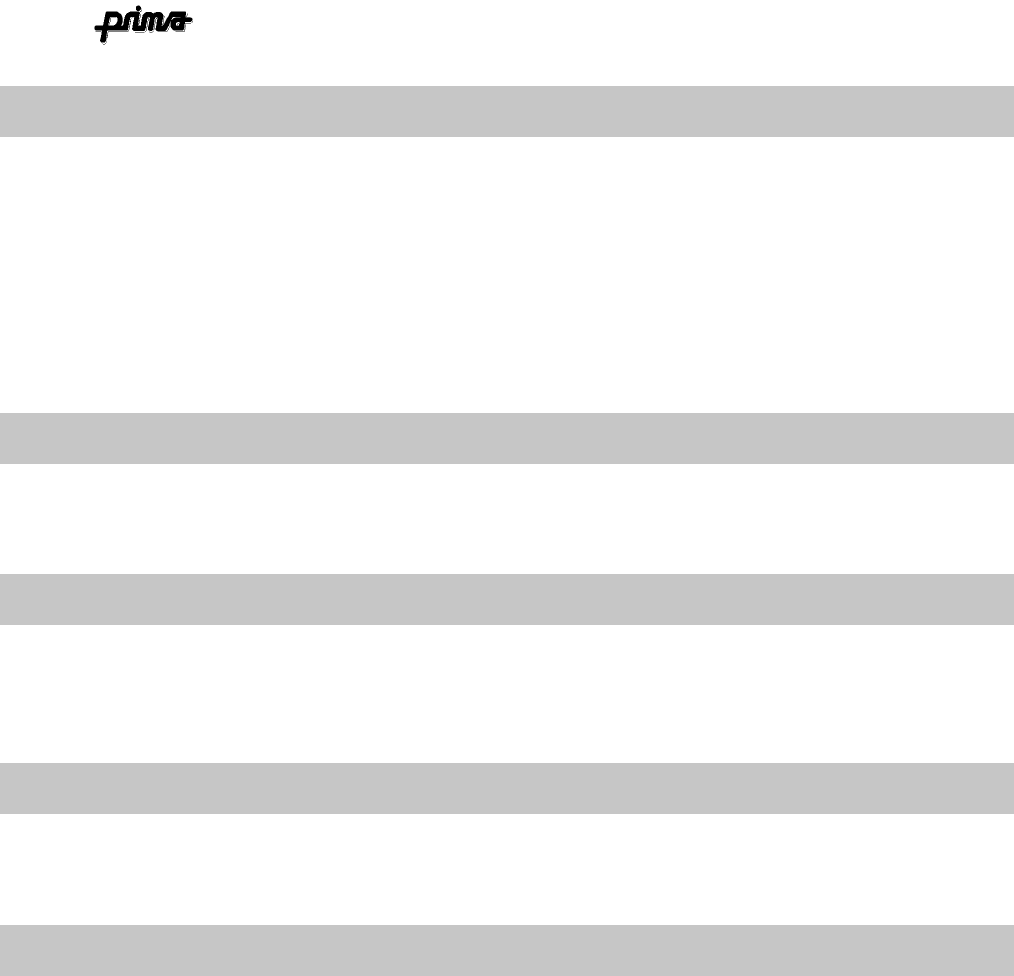
page 7 Home Bakery
2001 ABM10 rev.0
•
••
•
YEAST 7
Yeast is the living organism that multiplies in the dough. It produces the carbon dioxide
bubbles that make the dough rise. For bread making machines it is best to use the ‘Easy
Blend’ dried yeast that comes in sachets. This yeast does not rely on sugar in order to ferment
so it is easier to reduce the sugar content of your loaf without any adverse effects. Good
brands of dried yeast are Homepride, Sainsbury’s, Hovis (7g sachet) or McDougals. Other
supermarket own brands also give satisfactory results. Avoid yeast in tubs or tins as these
tend to perform less well once opened. Sachet yeast is very sensitive to moisture so do not
store part used sachets for more than a day.
• SALT 8
Salt adds to the flavour of the bread of course but it can also be used to slow down a
particularly lively yeast.
•
••
•
BUTTER (or fat) 9
Enhances the flavour and makes the loaf softer. Alternatives to butter are margarine or olive
oil. Avoid low fat spreads as these may be as little as 40% fat and will not have the same
effect.
• SUGAR 10
Sugar adds to the flavour of the bread and goes some way to making the crust go brown.
Note: Most sachet yeasts do not rely on sugar to become active.
•
••
•
WATER 11
Use soft water if you can but your Prima Home Bakery will still make good bread with hard
water. There is often much debate on what temperature the water should be. The answer is
simple. If you put your hand in the water and it feels cool then it’s fine. There is no need to
warm the water first. If you’re worried the water may be too cold from the tap just leave it to sit
for an hour in the kitchen before you use it. Making the water warm could kill the yeast
prematurely. The Prima Home Bakery takes the guesswork out of bread making.


















